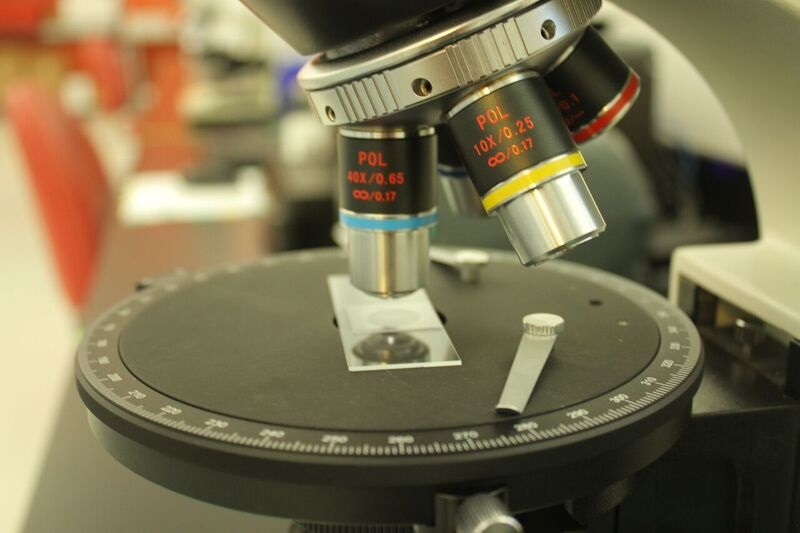Skincare, in its essence, is a reflection of science, technology, and the human desire to feel good in one’s skin. The ever-evolving field of dermatology constantly seeks newer, more effective solutions to address the myriad skin issues faced by people globally. In the heart of this pursuit lies dermatological drug product development. Here, we embark on a voyage into this intricate world, uncovering the stages, challenges, and breakthroughs.
1. The Genesis: Recognizing the Issue
Every breakthrough in dermatological drug development begins with identifying a pressing skin concern. It could be the resurgence of a well-known issue like acne or the identification of a novel skin condition. The genesis is always in recognizing a problem that requires a more effective solution.
2. Deciphering the Science Behind the Skin
Dermatology is not just about surface-level appearances. It delves deep into cellular processes, genetic factors, and microbial interactions. By understanding the science of skin at a molecular level, researchers can target specific pathways, leading to more effective treatments.
3. Crafting the Perfect Formula
- Harnessing the Right API: The active pharmaceutical ingredient is the superhero in the drug development story. Its choice is pivotal to the drug’s effectiveness.
- Complementing with Excipients: No hero works alone. Excipients, while not therapeutic, ensure the drug’s texture, stability, and delivery are optimal.
- Ensuring Synergy: A harmonious interaction between the API and excipients ensures the drug is both safe and effective.
4. Cutting-Edge Analytical Techniques
Leading institutions, including the likes of Dow Development Laboratories, employ sophisticated methods like Triple Quadrupole LC/MS and HPLC to understand and refine their drug products, ensuring unparalleled quality and performance.
5. Stress-Testing for Stability
The skincare product that sits on your shelf faces environmental challenges – heat, humidity, and light. Stability tests ensure that the drug remains potent and safe, regardless of these factors.
6. Navigating Clinical Trials
Perhaps the most crucial phase, clinical trials determine if a drug, promising in theory, stands up to practical scrutiny. It’s a rigorous process, testing the drug on humans to verify safety and efficacy across diverse populations.
7. Meeting Regulatory Benchmarks
The world of drug development is woven around a complex web of regulations. Institutions like the FDA set high standards, and every dermatological drug must meet these to ensure consumer safety.
8. Challenges on the Horizon
Dermatological drug development faces unique challenges:
- Diversity of Skin: From varying tones to types, the diversity in human skin requires drugs to be universally effective yet individually tailored.
- Evolving Microbial Threats: As bacteria evolve, so must our drugs. Keeping pace with these changes is a relentless challenge.
- Rapid Technological Shifts: With new technologies emerging, staying updated is both a challenge and an opportunity.
9. The Final Destination: Reaching Consumers
Once developed, tested, and approved, the drug’s journey culminates in reaching the end-user, providing relief, enhancing beauty, and ensuring well-being.
Conclusion
The realm of dermatological drug product development is a harmonious blend of science, technology, and empathy. As researchers and developers strive for newer breakthroughs, the promise is of a future where every individual can truly feel comfortable in their skin, with solutions that are effective, safe, and tailored to individual needs.

